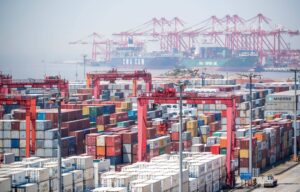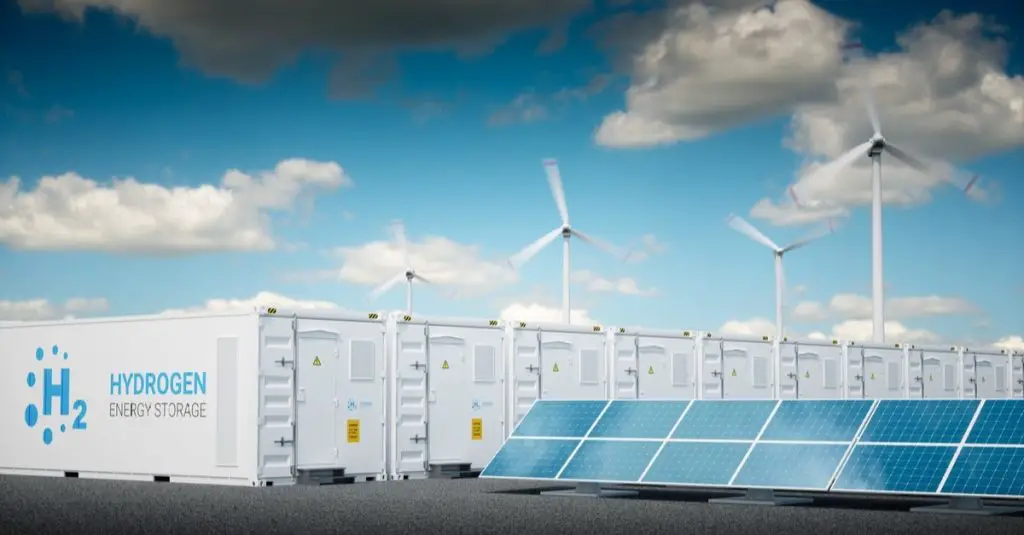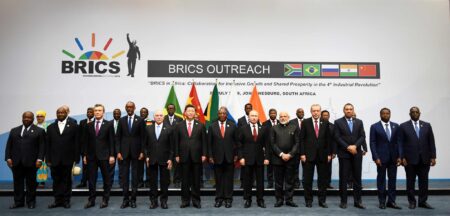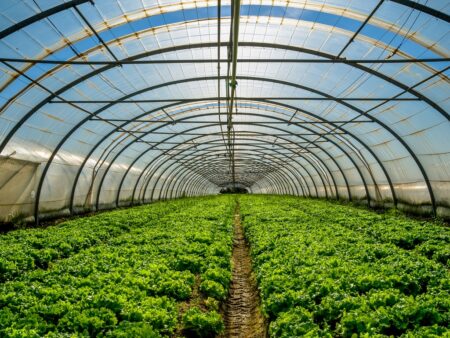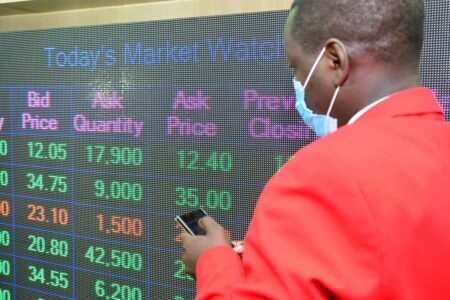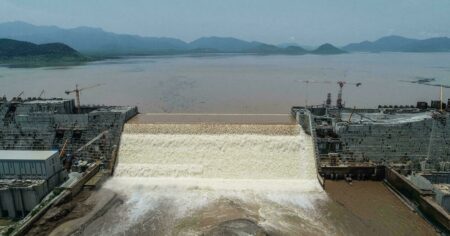Namibia has displayed a commendable level of innovation, resolve and determination to unlock new opportunities to industrialize, create employment, and crowd in local and international private sector funding and expertise to deliver socio-economic outcomes.
Currently, the country is gaining international attention as it pursues an environmentally friendly hydrogen energy initiative with the help of Germany.
- Recently, the governments of Germany and Namibia signed a mutual declaration of intent to hasten the study, creation, and manufacturing of green hydrogen. Investors from Germany have already begun to position themselves in Namibia’s market for green hydrogen.
- The German government will provide money for four green hydrogen pilot projects in Namibia totaling about N$500 million (30 million euros). Among the grantees are TransNamib, the University of Namibia (Unam), the Namibian Ports Authority (Namport), and the Ohlthaver & List Group.
- Renewable projects built for hydrogen production might even be a way for Namibia to subsidize strengthening its physical transmission grid, reducing the cost to the fiscus or existing electricity consumers.
Renewable projects built for hydrogen production might even be a way for Namibia to subsidize strengthening its physical transmission grid, reducing the cost to the fiscus or existing electricity consumers.
Four green hydrogen pilot projects in Namibia will get funding from the German government totalling roughly N$500 million (30 million euros). TransNamib, the University of Namibia (Unam), the Namibian Ports Authority (Namport), and the Ohlthaver & List Group are some of the recipients. The projects include a hydrogen dual fuel locomotive pilot, a refuelling station at Walvis Bay, and agricultural and port applications for green hydrogen.
At the Namibia Green Hydrogen Conference 2022, hydrogen commissioner and presidential economic adviser James Mnyupe announced a 30 million euro grant from Germany’s education ministry. The conference was jointly organized by The Economic Association of Namibia (EAN), Namibia Investment Promotion and Development Board (NIPDB), and Hanns Seidel Foundation (HSF).
The inked deal will see Germany offer Namibia a helping hand and €40 million to boost its green hydrogen production in return for a future cheap supply of the gas.
Read: South African coal exports to Europe surge eight-fold while shipments to Asia decline
“There is already a race around the world for the best hydrogen technologies and the best locations for hydrogen production. From our point of view, Namibia has particularly good chances in this competition. We want to use them together,” said Germany’s research minister Anja Karliczek.
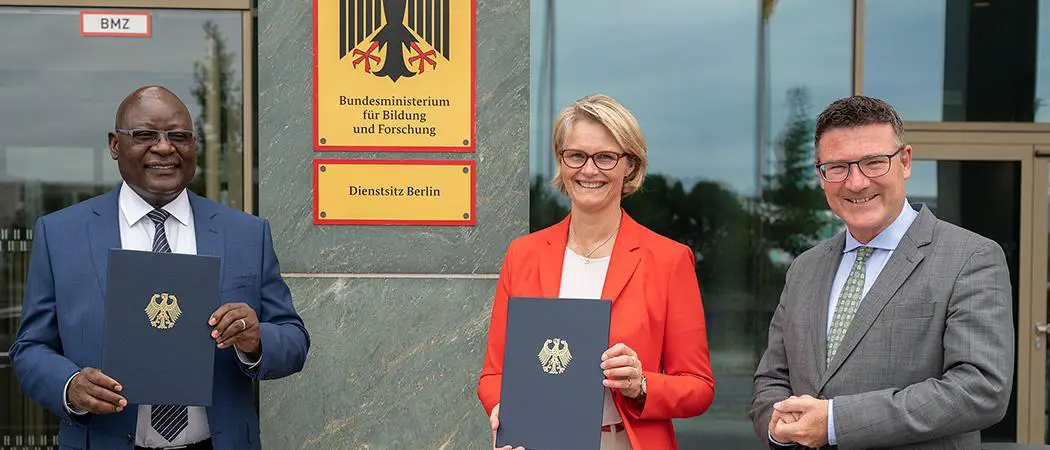
In June, Zawya Projects announced that Namibia had received 25 submissions for pilot projects, from which it plans to select no more than five.
The four projects – the Daures, Namport, Cleanergy, and TransNamib projects – have a combined value of over N$890 million (53,39 million euros), and some of the funds will be sourced by the initiators of the projects. The four projects will be located in the Erongo region, which has been marked as ‘valley 1’ of the envisaged national hydrogen ecosystem.
The following information pertains to the four projects:
The Daures project
The project will focus on agriculture and will seek to establish a green-scheme program for ammonia nitrate crops, the storage and transport of green hydrogen, ammonia, and related derivatives, as well as the development of fuel cell-operated centre pivots, boreholes, and houses. For the first phase, a 1.5-gigawatt green hydrogen project is expected to create 508 kilograms of green ammonia daily.
The Daures constituency has been allocated N$251 million (15.1 million euros) and will be embarked on in collaboration with Unam, the University of Stuttgart, Enapter, Windwise, and Enersense Nam.
The Namport project
This project is worth over N$94 million and will seek to enable Namport to convert existing tugboats and port equipment to operate on hydrogen dual fuel technology and to develop green hydrogen bunkering and refuelling infrastructure at the port. This project’s partners are Cleanergy Solutions Namibia, CMB Germany GmbH & Co. KG, Namport, and Unam.
Project Cleanergy
This project has the highest value at N$416 million and will be implemented by CMB.Tech, the Ohlthaver & List Group, and Cleanergy Solutions Namibia. It will include a 5MW electrolyzer and a hydrogen mobile refueller.
The plant aims to test technologies, develop offtake applications within the transport sector, mining sector, and port activities, and facilitate technology transfer and skills development in Namibia.
TransNamib Project
According to Namibian, the fourth project plans to enable TransNamib’s locomotives to run on green hydrogen. The ideal is to have 50 locomotives converted to green hydrogen dual fuel. The pilot project would do a test run on one locomotive first, converting its engines to run on green hydrogen and fitting tankers, among other logistical enablers to transport the gas.
In 18 months, it will be demonstrated along the 210-kilometre (one-way) route from Walvis Bay to Kranzberg by converting two locomotives to run on hydrogen and diesel in various ways. CMB.Tech will offer its Hydrogen dual fuel technology and the hydrogen fuel from its green hydrogen project in Walvis Bay.
This project has a value of N$127 million and will be implemented by CMB.Tech, Unam, Hyphen Technical, TransNamib, the Namibia Green Hydrogen Research Institute, and Nicholas Holdings.
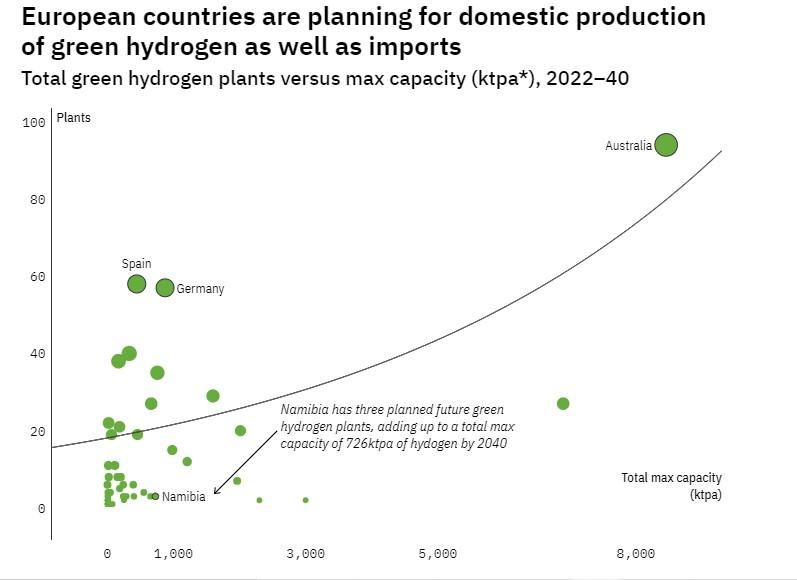
The EU’s plan foresees that by 2050, hydrogen could make up as much as 23 per cent of Europe’s energy mix. But it will require between €180 and €470 billion in research and infrastructure development to achieve this.
Germany alone is projected to spend €9 billion on its hydrogen plans. By the end of the decade, the country will likely have built a demand of 1.7 million tonnes of green gas per year. It is investing the money now to ensure that demand can be met. The partnership with Namibia is one part of a grand scheme for a clean hydrogen economy.
In Africa, Namibia wants to lead the charge. In November, it hopes to unveil its hydrogen strategy, which Germany will help deliver.
Read: Africa priming for the US$12 trillion global hydrogen market
As far as September 23, 2020, Polity quoted Superior Pressure Solutions (Spress) describing hydrogen as providing domestic energy resilience, creating new high-technology jobs, and providing a tangible route to decarbonize at residential and industrial levels. Spress is a pressure equipment specialist who introduced hydrogen technology to the African market from German high-pressure systems supplier Maximator.
“We believe that hydrogen, as an alternative energy source, could change the landscape of the African market, which will lead to cost savings for our clients and contribute to making our continent greener,” said Spress’s MD Dawie Strauss.
Water electrolysis can be used to produce hydrogen gas on a large scale. This hydrogen can be stored in different forms and subsequently used in various sectors.
Hydrogen South Africa Infrastructure is leading research and development efforts in South Africa in water electrolysis, based on polymer electrolyte membrane (PEM) electrolysis technology, in which deionized water is spilt into hydrogen and oxygen on the application of an electric current.
Oxygen and protons are generated at the anode that contains an iridium-based electrocatalyst. Iridium is a platinum group metal (PGM). At the cathode, the protons that pass through the PEM are reduced by electrons to form hydrogen gas at a platinum-based electrocatalyst.
Green hydrogen development could present a great opportunity for Namibia and a catalyst for renewable energy investment.

